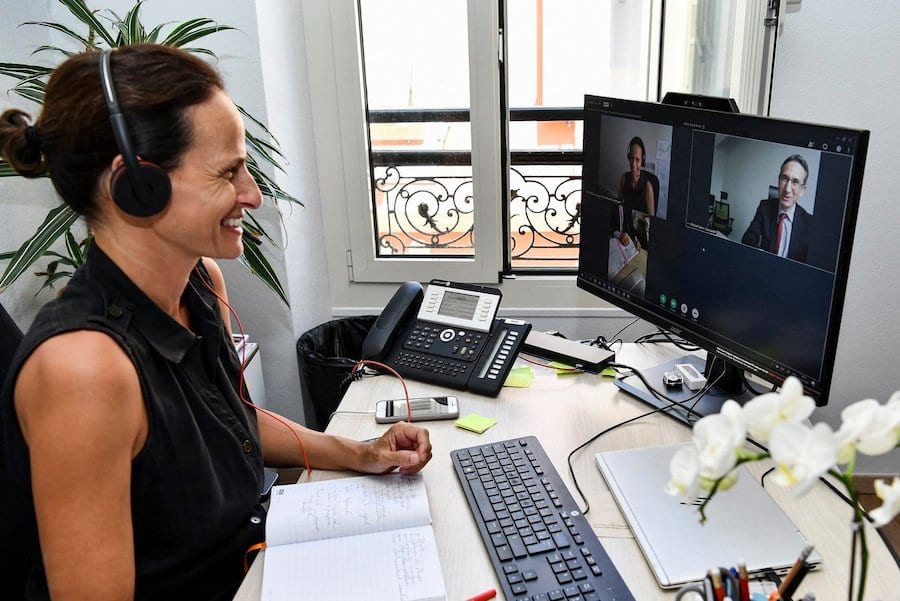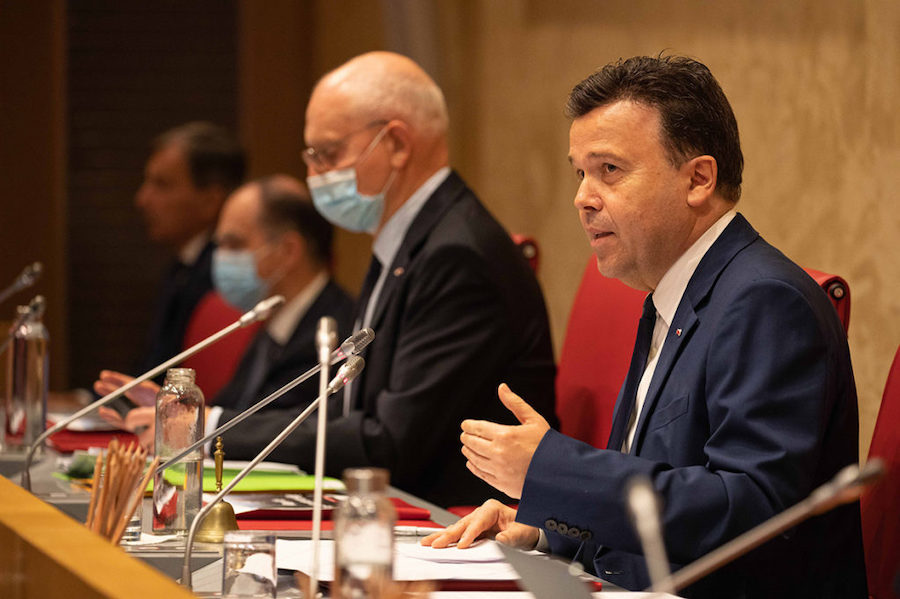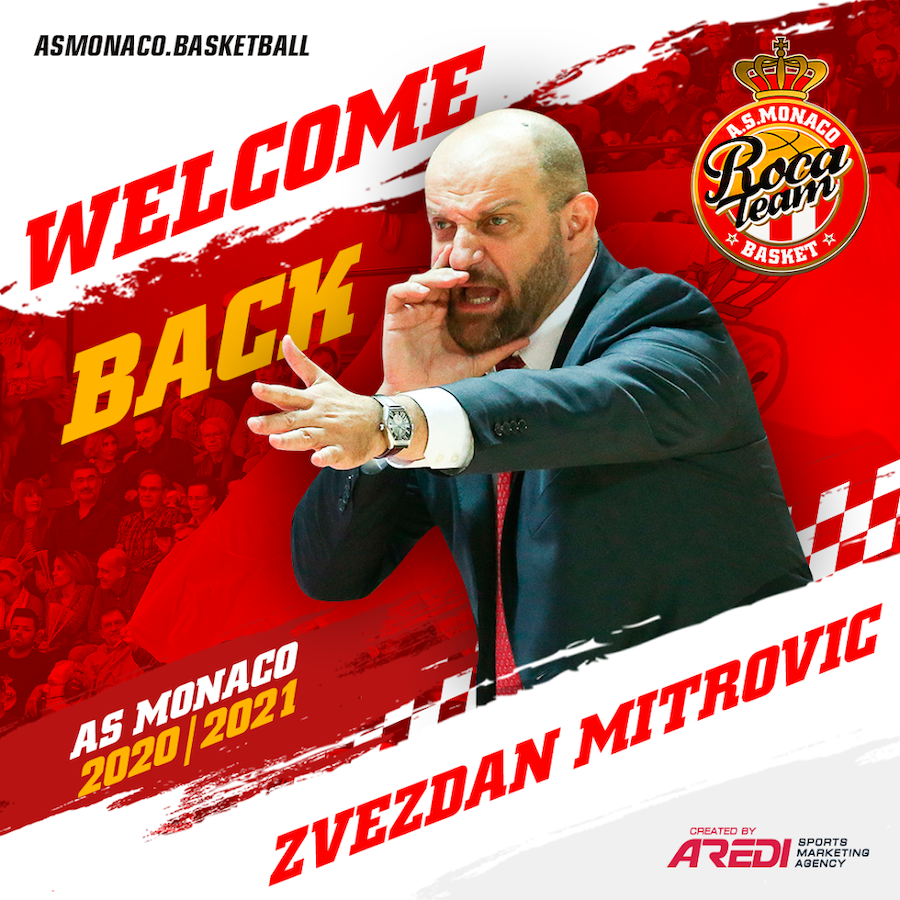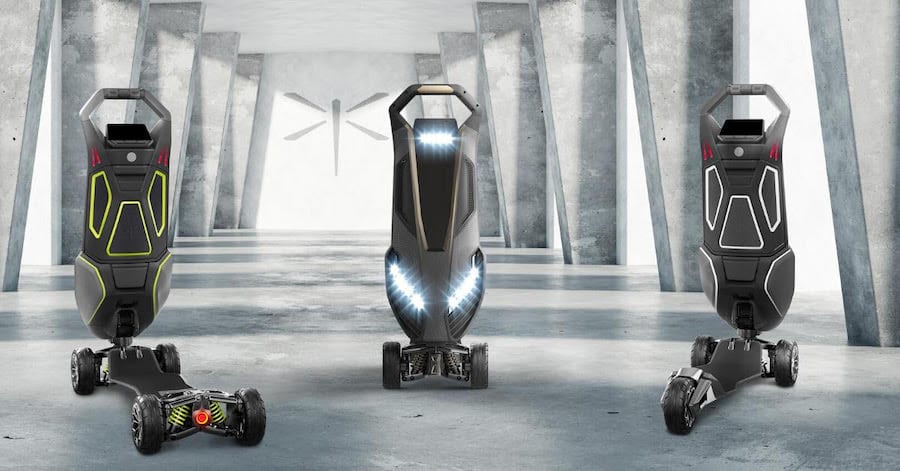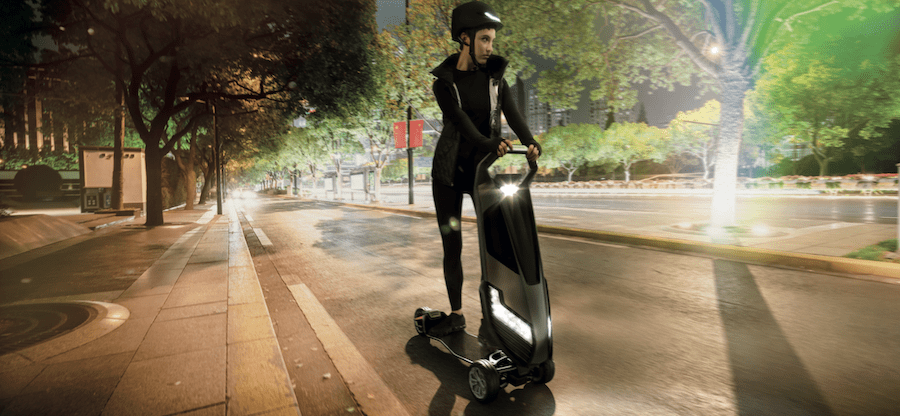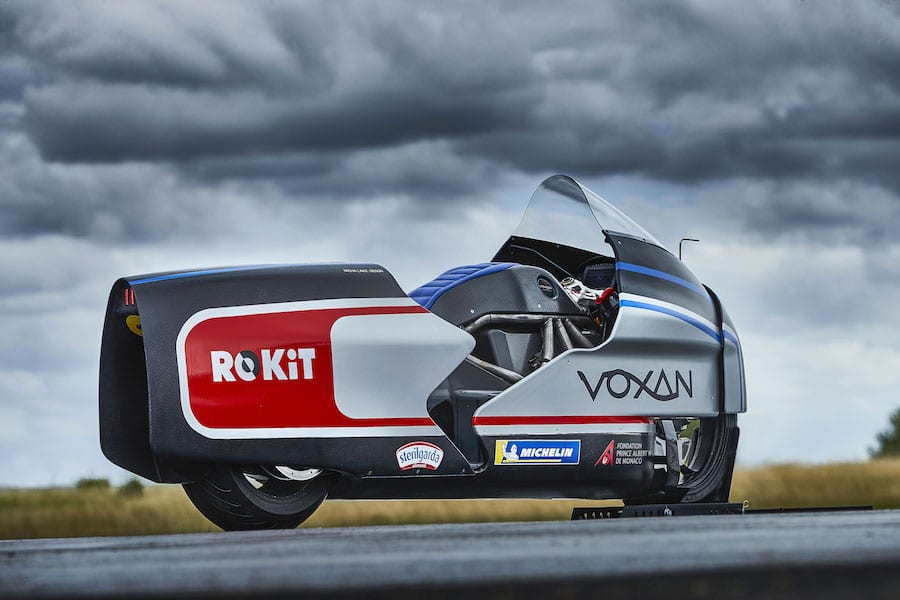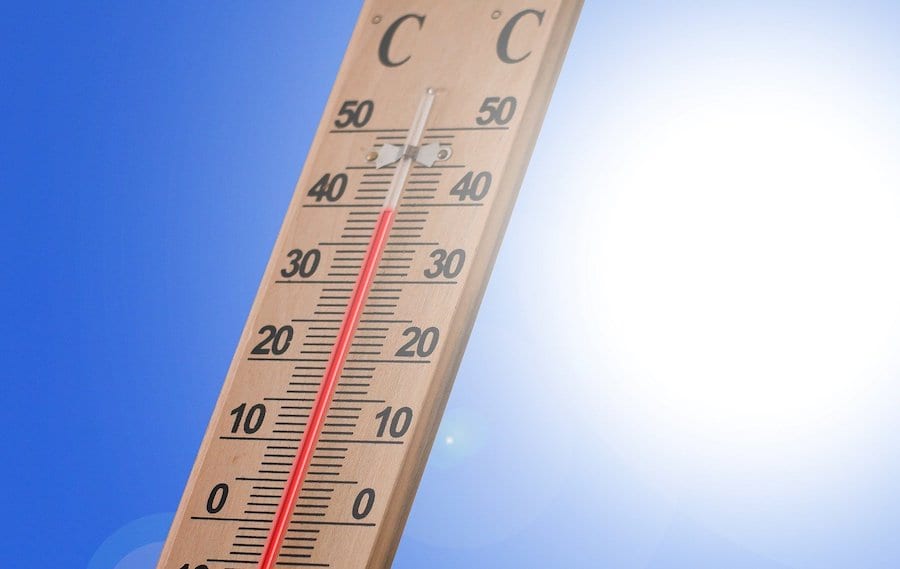The Energy Transition team has announced a partnership with France’s Efficacity Research and Development Institute to optimise its energy strategy and accelerate Monaco’s low carbon transition.
The Efficacity Research and Development Institute was founded in 2014 in conjunction with the French government and has dedicated itself to helping cities along the path of energy transitions. Bringing together roughly 30 entities from both the public and private sectors in industry and academia, more than 100 researchers and experts are working together to develop and implement cutting edge ways to help cities make their energy transitions.
“The partnership between the Mission for the Energy Transition (MTE) and Efficacity will start with the Fontvieille district but is intended to continue over several years in order to deploy the method and the tool in other districts of the Principality,” said Annabelle Jaeger-Seydoux, Director of MTE. “This support will allow the Principality to identify the best avenues and the best projects to carry out to achieve the ambitious objectives it has set itself. We will be able to tell you more in autumn.”
Monaco will have a personalised scenario, created with diagnostics and models, to integrate the plan into action. This will be done through a series of meetings and workshops with key players in the Principality. The institute’s experts will also make recommendations for certain neighbourhoods based on specific needs and requirements to ease the process and make for a smoother transition.
Minister of Infrastructure, the Environment and Town Planning Marie-Pierre Gramaglia has welcomed the move, saying: “I am delighted with this research and development partnership which will help accelerate the energy transition of the territory. It will provide the MTE with tools that will help to further understand the energy challenges of our territory. An approach that will support reflections on future investments in buildings and energy systems, based on a scientific study conducted by Efficacity teams. Monaco, by its size, is a territory of innovation very conducive to these energy transition studies. It seems essential to me to equip ourselves with the most advanced technical and scientific means to define relevant energy strategies and implement them quickly.”
Michel Salem-Sermanet, Managing Director of Efficacity, added: “This partnership with Monaco is the meeting of two strong ambitions. That of the Principality, supported by the Energy Transition Mission, and that of Efficacity, to work over the long term with territories that wish to experiment with new approaches… We are convinced that this partnership will demonstrate the operational added value of these advanced simulation and decision support tools, and that they will quickly become widespread in Europe. The challenge is major: optimising the energy strategy of each urban project is the only way to really accelerate the low carbon transition of cities.”
Photo: Annabelle Jaeger-Seydoux © Manuel Vitali Communication Department
